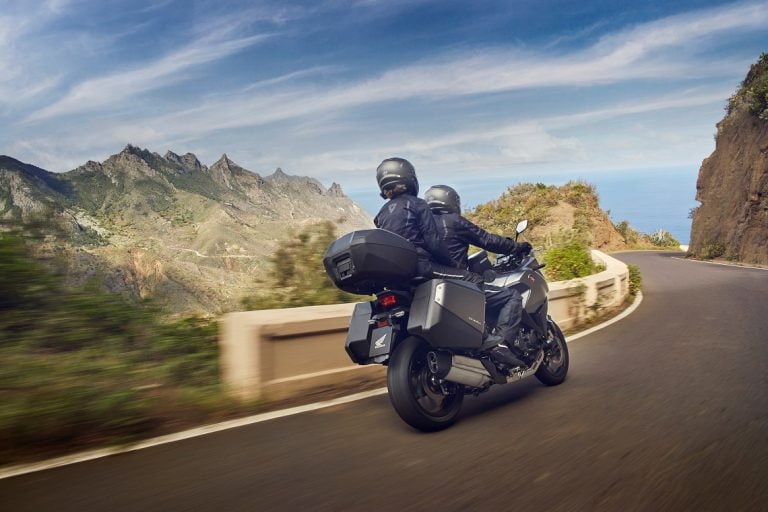ABR’s expert of all things two-wheeled answers your questions
Question
Hi Dave,
I often read in bike reviews that suspension can be adjusted for preload, rebound, and compression damping, but what does this actually mean and what effect would adjusting them have on my bike? If I go on tour with my wife, what should I do with my bike’s suspension?
Thanks
Steve
Answer
Hi Steve,
I’m sure many of us have been confused about setting the bike up for a two-up tour with luggage. Generally, motorcycles from the factory are set up for a solo rider. Unless you’re buying a premium touring bike which comes with automatic suspension, when you add a pillion, you’re going to have to adjust it yourself.
First things first, read your bike’s handbook. Not every bike is the same and how you adjust the various settings will change from bike to bike and vary at the front and at the back.
The most important thing to do before you start changing things is to make a note of the original settings. That means you can easily return things to how they were if you don’t like the way the bike feels after you’ve had a fiddle around with it.
Now, let’s talk about preload, rebound, and compression damping. Preload is the amount of initial force that’s being applied to the spring. More preload means it’s more compressed, and therefore will provide a stiffer ride when you get going.
This is ideal for heavier riders, or those carrying a pillion or luggage, as you’ll experience less wallowing or dive under acceleration or braking. So, you’ll want to increase preload when your better half joins you.
Next up is compression damping and rebound. To put it simply, compression damping is how the suspension absorbs bumps or road irregularity as the wheel moves upwards. If there was none, it’d be like riding a pogo stick and your front wheel would bounce off the ground at every lump or bump in the road.
Rebound is how quickly your forks return to their original position after that movement. Too quick or too slow, and your bike will handle poorly, particularly in corners.
Again, consult your bike’s handbook to see if the manufacturer suggests different settings for different scenarios, like riding with a pillion, or riding with a pillion and luggage. Then, start by making small adjustments and giving it a brief test ride to see how it feels.
It’s a case of trial and error to find the perfect setting, so make sure you’re making a note of what you do each time so you can easily flip between setups when you’re riding solo and with a pillion.
Got something to Ask Dave?
Send in your bike-related questions to dave@adventurebikerider.com, and if we publish yours, you’ll get a free subscription to ABR

